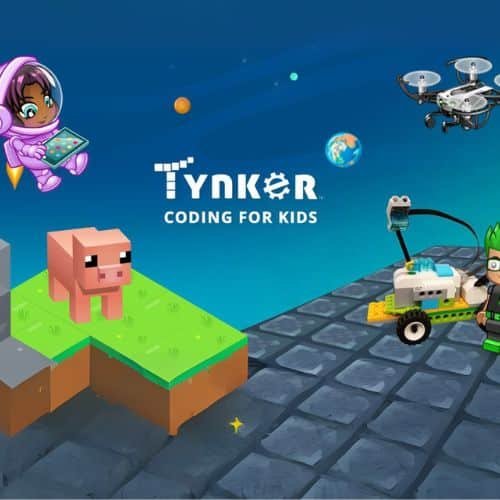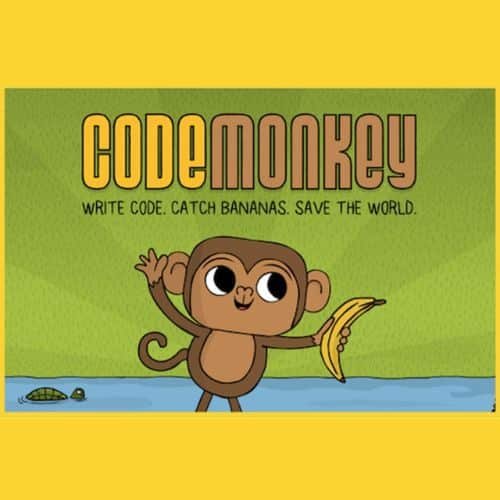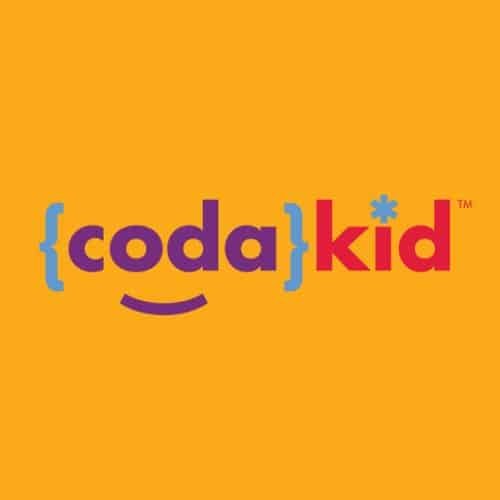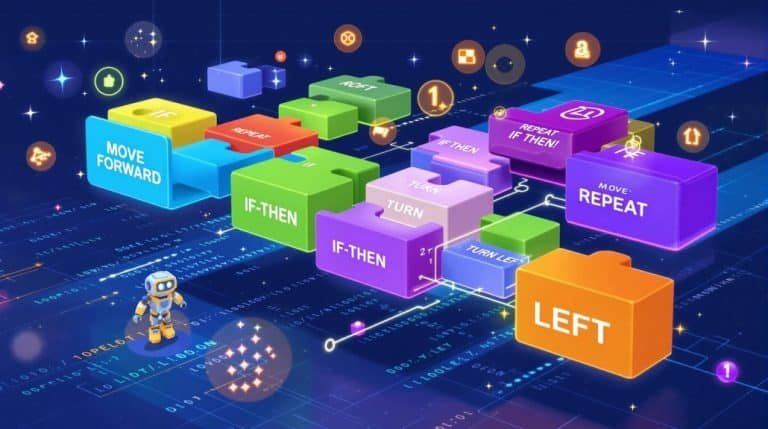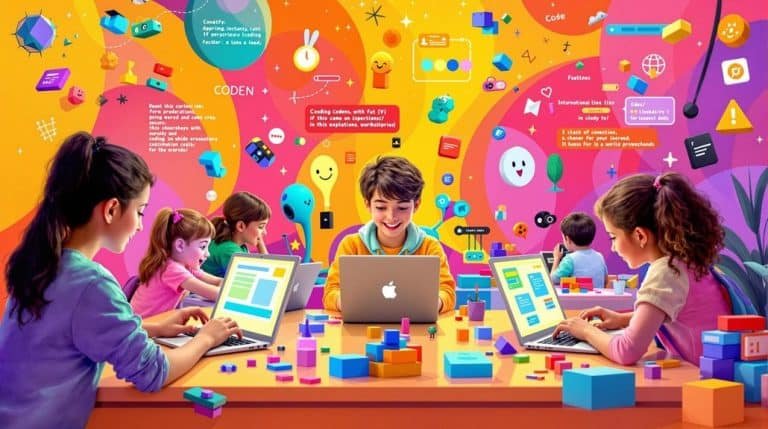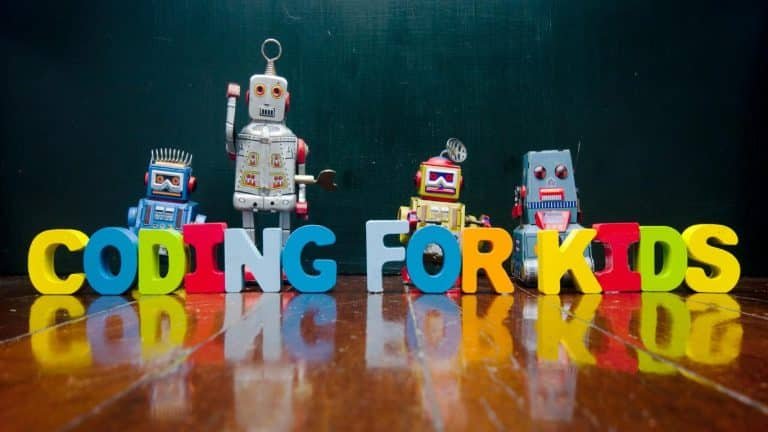Online coding classes for children offer structured programming education through platforms like Scratch and Python, designed specifically for ages 7-12 to develop critical thinking and problem-solving cognition. These courses teach fundamental syntax through gamified lessons, however they also foster creativity through animation and game design projects. Parents report improved STEM foundations and enhanced analytical skills, for example better mathematical reasoning and attention spans. The industry’s projected growth from $4.19 billion to $22.30 billion reflects coding’s recognition as essential literacy alongside traditional subjects, with flexible scheduling accommodating various learning speeds and geographic accessibility removing barriers to quality education. Exploring these extensive programs reveals even more transformative benefits for young learners.
The Growing Market for Kids’ Coding Education

As the digital landscape continues to reshape educational priorities, the market for online coding classes designed specifically for children has experienced unprecedented growth, expanding from approximately $4.19 billion in 2023 to a projected $22.30 billion by 2033.
This remarkable expansion, driven by a compound annual growth rate of 14.7% to 16.1%, reflects increasing parental awareness of coding’s importance for future career opportunities. Popular programming languages for young learners include Scratch, Python, JavaScript, and Lua, which provide age-appropriate entry points into coding fundamentals. Furthermore, early exposure to coding skills fosters interest and serves as a strong foundation for children’s understanding of technology.
However, growth patterns vary across regions, with North America leading early adoption while Asia Pacific rapidly expands through government support and improved digital infrastructure, creating diverse learning opportunities for children worldwide.
Four of the most popular U.S.-based online coding classes for kids:
Tynker
A self-paced, project-based platform used by over 100 million learners and in one in three U.S. K–8 schools. Offers block- and text-based courses (Minecraft, robotics, Python) for ages 5–18.
Learn MoreCodeWizardsHQ
Live, instructor-led classes for ages 8–18 in small groups. Teaches real-world languages (Python, Java, HTML/CSS, JavaScript) with a structured “Wizard Levels” curriculum and a 93 % student success rate.
Learn MoreCodeMonkey
An award-winning, self-paced program where millions of students learn real programming languages through game-based puzzles and challenges. Suitable for ages 8+ to build skills in Python, JavaScript, and more.
Learn MoreCodaKid
Offers both self-paced courses and private 1:1 coaching. Unlimited access to 85+ hands-on courses (Minecraft modding, Roblox, AI, Python) with homework and projects—first 14 days free for new students.
Learn MoreEducational Benefits and Skill Development Through Programming
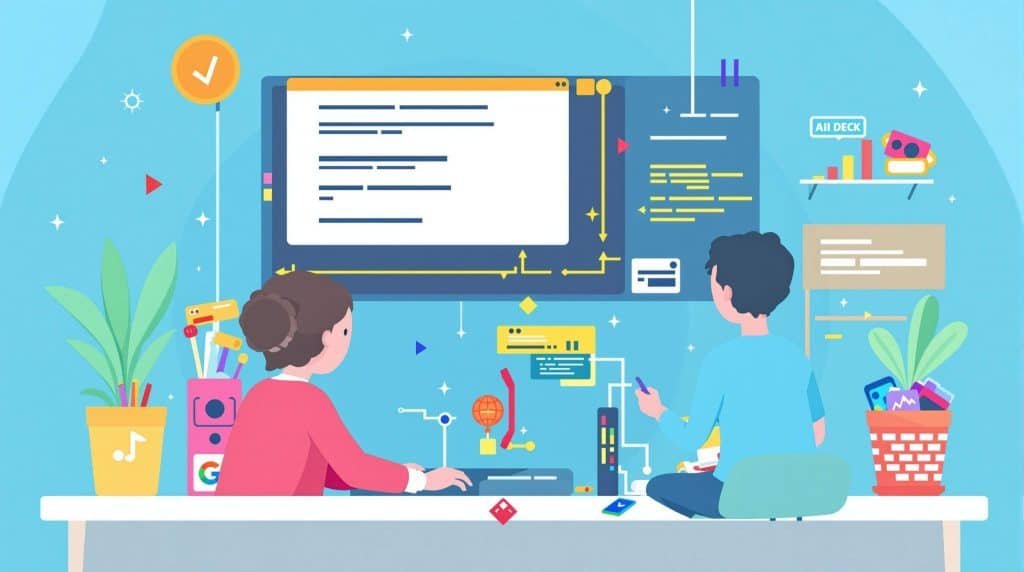
While the explosive growth in the kids’ coding education market demonstrates clear demand, the real value lies in the substantial educational benefits that programming instruction delivers to young learners across multiple developmental areas.
Over 90% of parents report that coding considerably improves children’s critical thinking and problem-solving abilities through algorithmic thinking processes. Additionally, STEM education builds essential foundations for future tech careers, enhancing the skills learned through coding.
Parents overwhelmingly confirm that coding instruction significantly enhances their children’s critical thinking and systematic problem-solving capabilities.
Programming naturally enhances creativity as students design games and animations while simultaneously strengthening mathematical concepts like variables and geometry.
Additionally, coding develops digital fluency and improves attention spans, as children learn to debug syntax errors with remarkable precision and self-discipline. Collaborative coding projects foster teamwork skills as students develop time management and negotiation abilities while working together on shared programming challenges.
Accessibility and Flexible Learning Options
Beyond these cognitive advantages, online coding programs address one of the most significant challenges facing modern education: ensuring every child has equitable access to quality STEM learning opportunities regardless of their family’s circumstances or location. These platforms eliminate geographic barriers, reaching children in remote areas where specialized programming instruction simply isn’t available locally. Additionally, engaging with coding can enhance a child’s problem-solving skills and critical thinking, making it a valuable part of their education. However, accessibility extends beyond location—flexible scheduling allows kids to balance schoolwork with coding lessons, while self-paced progression prevents frustration for slower learners or boredom for advanced students. Many programs offer free trials to help families evaluate whether the course format works for their specific situation before making a financial commitment.
Ready to explore how online coding can work for your family’s unique schedule and needs?
Popular Programming Languages and Curriculum Design

When parents begin exploring online coding classes, understanding which programming languages and curriculum approaches work best for different age groups becomes essential for making informed decisions about their child’s educational journey.
Scratch offers visual, drag-and-drop programming that eliminates syntax barriers for younger children, while Python‘s English-like structure suits kids aged seven and up. Additionally, incorporating coding robots can provide a hands-on approach to learning programming concepts.
However, effective curriculum design requires more than language selection; it demands age-appropriate content, project-based learning, and gamification elements that enhance your child’s problem-solving abilities and foster creativity through interactive challenges that build critical thinking skills naturally. Early programming experience provides numerous benefits including improved math skills, enhanced creativity, and stronger analytical thinking capabilities that extend beyond computer science.
Future Trends and Market Outlook

The online coding education market for children stands at an unprecedented growth trajectory, with industry projections indicating expansion from $4.19 billion in 2023 to approximately $22.3 billion by 2033.
This remarkable growth, driven by a 15-18.2% annual rate, reflects parents’ increasing recognition of coding as fundamental literacy alongside reading and mathematics. As schools increasingly emphasize STEM education, future trends will emphasize AI-powered personalized learning experiences that adapt to your child’s unique cognitive development patterns, while gamified platforms like Scratch continue evolving to enhance engagement.
However, multilingual programming courses and mobile-friendly visual environments will expand accessibility globally, helping your child think critically regardless of location or primary language. The market demonstrates particular concentration around the 8-13 age group, which represents the core demographic driving current industry growth and curriculum development initiatives.
Frequently Asked Questions
What Age Is Best to Start Online Coding Classes for Children?
Children typically show readiness for coding instruction between ages five to seven, when cognitive abilities support basic programming concepts. However, individual development varies greatly, making personalized assessment more important than strict age guidelines.
How Much Do Online Coding Classes for Kids Typically Cost?
Online coding classes for kids typically cost $7 to $50 per hour. Self-paced platforms start at $2 weekly, group sessions around $15 each, while structured weekly classes cost approximately $50 per week.
What Equipment or Software Do Kids Need for Online Coding Classes?
Students require a computer with reliable internet, webcam, and microphone for participation. Age-appropriate coding platforms like Scratch or Python environments, web browsers, video conferencing software, and cloud storage complete essential requirements.
How Long Should Kids Spend on Coding Lessons Each Week?
Children should spend one to two hours weekly on coding lessons for ideal learning. Younger beginners benefit from shorter thirty-minute sessions, while older kids can handle longer durations based on interest levels and focus.
How Can Parents Support Their Child’s Online Coding Education at Home?
Parents can establish dedicated learning spaces, maintain consistent schedules, communicate regularly with instructors, celebrate progress milestones, and balance screen time while providing technical support and encouragement throughout their child’s educational journey.
Conclusion
Online coding classes represent a valuable investment in children’s cognitive development and future career readiness. These platforms effectively combine accessibility with thorough curriculum design, teaching essential programming concepts through engaging, age-appropriate methods. As technology continues advancing, early exposure to coding fundamentals will become increasingly important for academic and professional success. Ready to explore coding options for your child? Check out our Education Hub for detailed platform comparisons and getting-started guides.


